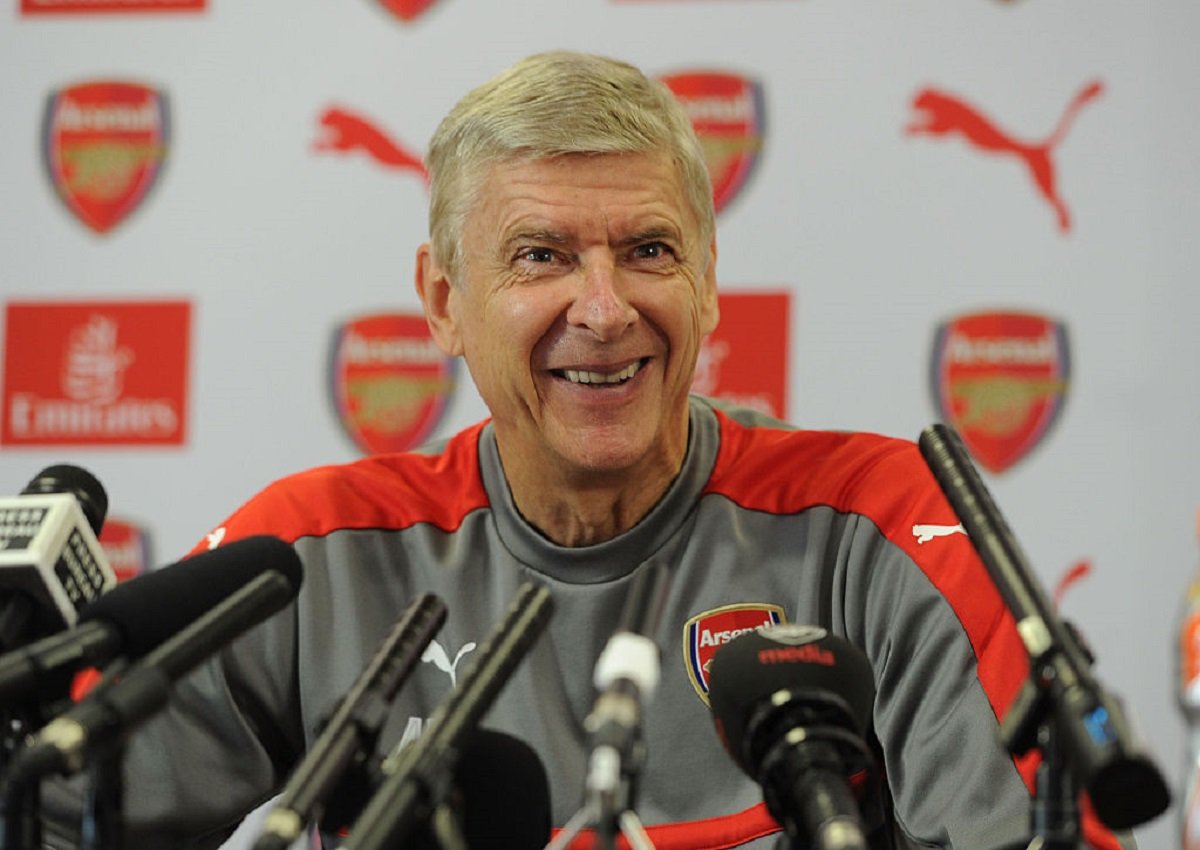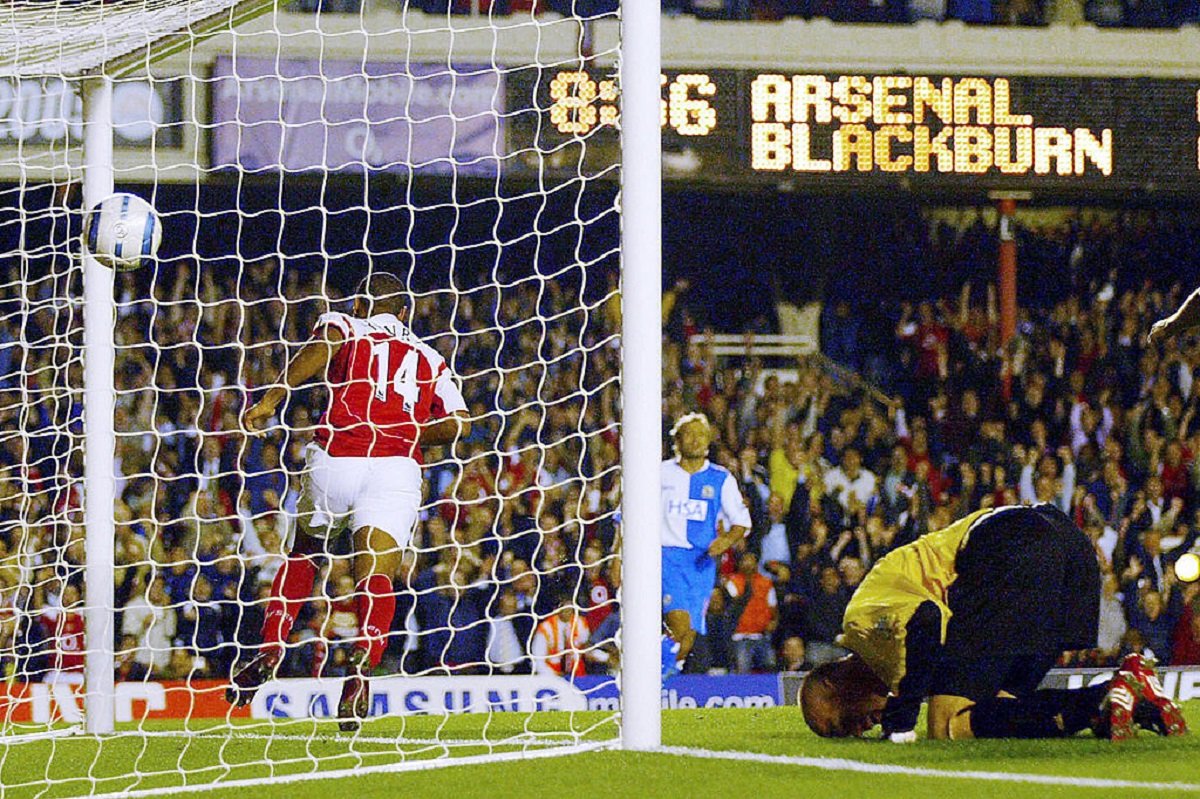Arsenal are one of the most well-known football clubs in the world. They are globally recognised today through the Premier League’s success, but they also have a rich, eventful history.
Here we delve into the past of Arsenal Football Club, including the foundation, the silverware record and the places where the club called home.
Moreover, we’ll also look at the history of Arsenal’s club name. They have not always been known as ‘Arsenal’ – the Gunners have had several monikers over the years.
We will also examine Arsenal’s recent history, including the last time the Gunners won the Premier League, and some of the club’s most famous managers and players, from George Graham to Arsene Wenger and from Tony Adams to Alexis Sanchez.
When were Arsenal founded?
Arsenal, as we know it today, was officially founded in October 1886 by Scotsman David Danskin and a group of 15 munitions workers at the Royal Arsenal in Woolwich.
Upon their formation, Danskin set about purchasing players to field. One of the players he bought was goalkeeper Fred Beardsley – he brought along a set of red kits with him, a colour that Arsenal still sport to this day.
They played their first match in December 1886 against Eastern Wanderers on a plain field in the Isle of Dogs – the primordial Gunners went on to win their debut game by a score of 6-0.
On a local level, the team was successful in its infancy, winning the London Senior Cup, the Kent Senior Cup and the London Charity Cup. Moreover, in the 1890/91 season, they entered the FA Cup for the first time, only to be knocked out by Derby County in the first round as they were beaten 2-1.
What were Arsenal originally called?
Arsenal had several names before they settled upon the title we all know today. When the club was officially formed, it was initially called Dial Square, after the Dial Square workshop that the munitions workers toiled in.
Not long after their formation, Dial Square were renamed Royal Arsenal – according to legend, this name change came on Christmas Day.
A few years later, after the club turned professional and the club formed a limited liability company, Royal Arsenal was rechristened as Woolwich Arsenal.
Woolwich Arsenal would keep their name until April 1914, when the underwent another name change – this time, they would become to be known as The Arsenal. Five years later, they dropped the ‘The’ from their name, and the title of ‘Arsenal’ has stuck ever since.
A brief history of Arsenal
As previously mentioned, the club was founded in 1886 as Dial Square and turned professional in 1891. Their choice to turn professional was frowned upon by many other southern clubs, and as a result they were banned by the London Football Association (which only accommodated amateur outfits).
They were invited to join the Football League in 1893, becoming the first southern club to do so – they began life in the Second Division. Several players, who merely wanted to pursue football on an amateur level, broke away from the club to form Royal Ordnance Factories FC (now defunct).
In 1904, the club won promotion to the First Division for the first time – however, after a slew of financial problems, they were saved from liquidation by a consortium of businessmen led by Henry Norris (who also owned Fulham at the time).
In 1925, after years of mid-table mediocrity in the First Division, Herbert Chapman was appointed as the new head coach. During his first season, after a number of tactical overhauls, Arsenal finished second in the First Division – the highest finish in their history.
The following season the Gunners reached the final of the FA Cup for the first time, but were beaten 1-0 by Cardiff City. Nevertheless, it was an encouraging sign of things to come.

Chapman died in 1934 from pneumonia, prompting George Allison to take up the mantle. He went on to win a hat-trick of league titles with the Gunners, which led to their fanbase growing exponentially.
After the Second World War, Arsenal, like many clubs, were crippled – the war had claimed the lives of nine players and injured several others. As such, when the league restarted they had to battle hard just to remain in the First Division.
In 1947/48, they hit their form once again, winning yet another league title under Tom Whittaker. They won the league again in 1952/53 – but after this, they would not do so again for another 18 years.
Their re-coronation at the top of the First Division came in fine style – in 1971, they won both the league and the FA Cup. To this day, Arsenal are one of just eight English clubs to have won a major double.
The Graham and Wenger years
George Graham took over the club in 1986 as manager, having previously featured for the club as a player. Under his stewardship, the Gunners became a notoriously gritty outfit, incredibly difficult to break down. He went on to lead Arsenal to two league titles, two League Cups and one FA Cup.
After a season under Bruce Rioch, Arsenal appointed Arsene Wenger, arguably the greatest Gunners gaffer of all time. He revamped the culture of the club on almost every level – once a rough-and-tumble outfit, they swiftly became a refined, possession-based team under the Frenchman.
All in all, Wenger won three Premier League titles, seven FA Cups and seven Community Shields during his 22-year stint at the Emirates Stadium.

Over the decades, a fierce rivalry has developed with local rivals Tottenham Hotspur, an iconic fixture known as the North London derby, but also with Manchester United, due to both clubs’ success in the 1990s.
Where have Arsenal played?
When they were originally formed, Arsenal bounced around a number of different home grounds, including Plumstead Common, Manor Ground and the Invicta Ground.
In 1913, Highbury Stadium (also known as the Arsenal Stadium) was opened – it served as the Gunners’ home ground until 2006, when they moved to the Emirates Stadium.
How many trophies have Arsenal won?
Over the course of their lifespan, Arsenal have won a total of 29 major trophies.
They have won the First Division/Premier League on 13 occasions and the League Cup twice.
They have also won the FA Cup 14 times, more than any other club. Manchester United are second with 12, while Spurs, Liverpool and Chelsea have eight wins to their name.
When did Arsenal last win the Premier League?
Arsenal have not won the Premier League since their move to the Emirates Stadium in 2006. Despite this, when they did last win the league, they did so in fine style.
The team that won the league in 2003/04 are now known as the ‘Invincibles’ – Arsenal remain the only team in the Premier League era to complete a full season without losing a single game.
Arsenal’s most famous players
Arsenal have boasted a number of superstars in the past – players such as David O’Leary, Pat Rice and Pat Jennings all turned out for the club pre-1992.
In the Premier League era, Arsenal added a collection of international stars to their ranks – perhaps the most noteworthy of them were Thierry Henry, Robin Van Persie and Mesut Özil.
Arsenal’s most famous managers
Arsenal’s most famous head coach in history is, without doubt, Arsene Wenger. Despite this, other Gunners bosses such as Herbert Chapman, George Graham and the current boss Mikel Arteta are certainly worthy of being mentioned in this discussion.

